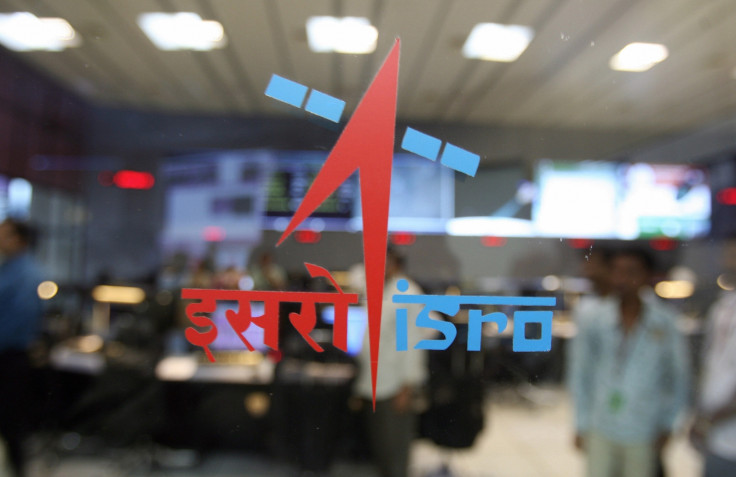India's Chandrayaan-2 is landing on the moon, projecting grand ambitions
The space vehicle is expected to perform a "soft landing" maneuver on the south pole of the moon.
India's second moon mission will enter its most critical stage today. The country's space vehicle, Chandrayaan-2, will perform a soft landing on the unexplored South Pole of the moon.
Chandrayaan-2 is a three-in-one space vehicle comprised of an orbiter, a lander and a six-wheeled rover. The lander will be called "Vikram," while the rover will be called "Pragyaan."
The Indian Space Research Organization (ISRO) has posted a YouTube video showcasing how the lander, "Vikram" will land. It will have a special "Lander Position Detection Camera" which will determine its landing position. Another camera, called the "Lander Horizontal Velocity Camera" will determine the speed at which it lands.
The lander will also have altimeters, including a laser altimeter and an 800 N liquid engine and a touchdown sensor. It will derive its energy from two solar panels. To avoid crashing into the surface of the moon, it will have a hazard detection and avoidance camera.
Currently, Chandrayaan-2 is running on four engines in the rough breaking phase. However, it will shut down two of them in the hovering stage once it reaches the altitude of 400 metres above the lunar surface. It will only have the central engine on at the altitude of 10 metres. Upon landing, it will deploy the payload, which will start sending data back to the space agency on earth.
The mission, which costs $150 million, was launched in July and is expected to land around 9:00 P.M. on Friday.
The last 15 minutes of the mission will be critical. The head of ISRO, DR K Sivan, calls it "15 minutes of terror."
If Chandrayaan-2 lands successfully with "Vikram," India will become the fourth country to perform such a mission after the US, Russia and China. It is symbolic for India since it will also carry an Indian flag. Landing is very tricky because of the features of the moon – it has no atmosphere, which would have made parachuting such missions easy. Instead, such vehicles go in for a "powered descent" which means landing in an arc with steadily reduced velocity.
Once it lands and if it is successful in properly landing, "Vikram" will be wheeled out and it will perform its first "moon walk" (Hint: it won't be like Michael Jackson's).
The rover can travel a maximum distance of 500 metres from the lander.
Chandrayaan-2 may have commercial implications too, it may not just be an exploratory project. It will study the thermal profile of the lunar soil – it will mainly look for Helium-3 which could serve as an alternative energy source.
One other challenge to the space vehicle is the extreme temperatures on the moon, which range between 100 to -170 degrees centigrade.
However, if everything goes well, it will send up a tranche of useful data on what the moon holds.

© Copyright IBTimes 2025. All rights reserved.





















